I wrote this article in Japanese and translated it into English using ChatGPT. I also used ChatGPT to create the English article title. I did my best to correct any translation mistakes, but please let me know if you find any errors. By the way, I did not use ChatGPT when writing the Japanese article. The entire article was written from scratch by me, Saikawa Goto.
Introduction
Movies and books covered in this article

Three takeaways from this article
- One of the six crew members is left behind on Mars due to an accident.
- The amazing survival skills of the protagonist, who is determined to survive with science.
- The great obstacles that must be overcome to rescue Mark, and the bravery that does not hesitate to face danger.
Self-introduction article


Published Kindle books(Free on Kindle Unlimited)
“The genius Einstein: An easy-to-understand book about interesting science advances that is not too simple based on his life and discoveries: Theory of Relativity, Cosmology and Quantum Theory”
“Why is “lack of imagination” called “communication skills”?: Japanese-specific”negative” communication”
The quotes used in this article are based on notes taken at the movie theater from movies in Japanese and are not direct quotes from the foreign language original movies, even if they exist.
A Masterpiece that Combines a Magnificent Scale and Realism, Depicting “Survival on Mars” and the “Ultimate Rescue Operation”
It was an amazing movie. If we were to classify it, it would be “science fiction,” but all the scientific technologies portrayed in this movie are within the range of contemporary scientific knowledge. Manned missions to Mars are also expected to be planned in the near future. Therefore, it is certainly science fiction, but it is undeniable that reality is about to catch up.
That’s why the realism of the work was overwhelming. It wouldn’t be unnatural to say that it is based on a true story.
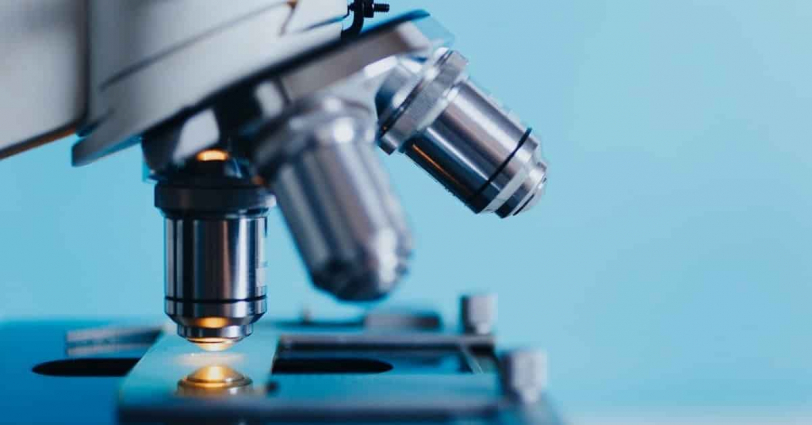
First, an Introduction to the Content

Six members arrived at Mars with Ares III and continue their investigation while staying long-term. Based in Acidalia Planitia, each brings their own expertise to the mission.
One day, an alarm sounded warning of an abnormality. It indicated a much stronger storm approaching Acidalia Planitia than expected. According to the agreement, the mission is to be canceled if a force exceeding 7500N is applied. However, the predicted storm was expected to bring a force of 8600N. Mark Watney argued that the numbers may have contained errors and they should wait and see, but the captain decided to abort the mission. They boarded the rocket for Mars escape, braved the big storm, and aimed for a return to Earth.

In zero visibility, the team heads towards the rocket. Meanwhile, suddenly an object thrown by the storm hits Mark, and a warning arrives that his spacesuit has been damaged. The captain tries to find Mark, but the other crew members stop him. The rocket is leaning dangerously close to collapse due to the storm. The spacesuits are also nearing their limits. Mark is dead. Judging it that way, the remaining five of them decided to leave Mars.
NASA receives a report from the crew and announces Mark’s death to the media. A grand funeral is held, and the NASA administrator gives a speech, saying “In order not to waste Mark’s death, NASA will continue to focus on space exploration.”
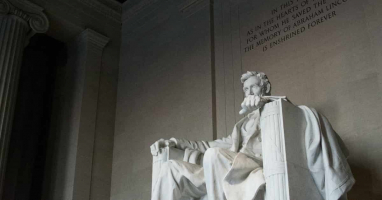
The project manager in charge of the Mars project, who asked for permission to use a satellite, is refused by the chief. The manager argues that they should use the satellite to confirm Mark’s death and report it, but the chief insists on not allowing the use of a satellite that could potentially show Mark’s dead body. After persistent persuasion, the manager manages to obtain permission to use the satellite. The manager instructs the staff to check the area around the living quarters of Ares III’s crew on Mars using the satellite.
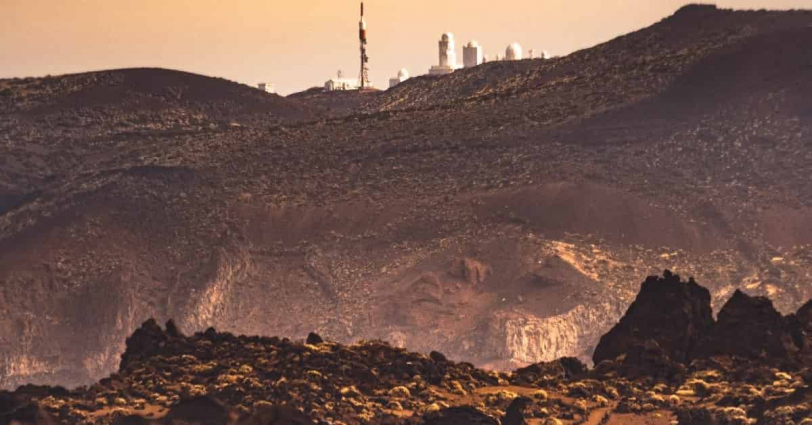
There, the staff witness an unbelievable sight: the artificial objects around the living quarters had moved. Could it be that Mark is still alive…? It’s impossible for him to survive with a damaged space suit, but NASA still determines that “Mark is alive.” They immediately planned a rescue operation and furthermore tried to establish communication with Mark somehow.
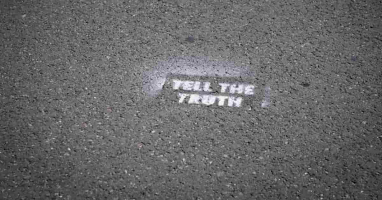
Amazingly, Mark had managed to survive. However, he now faced a cruel reality. Due to the great distance between Earth and Mars, the next manned mission to Mars would not arrive for another four years. The habitation unit where he was living was designed for a 31-day stay, and it was clear that the food supplies would run out.
Moreover, just surviving was not enough. Mark was currently unable to communicate with Earth and could not let anyone know that he was alive, or where he was. In order to make it back to Earth, he needed to reach the landing site for Ares IV, which was planned to arrive in four years’ time. This was 3,500 kilometers away from Mark’s current location.

Every situation seemed hopeless. But Mark never gives up.
I survive with science as my weapon.
Using his scientific knowledge, he resolves each problem one by one…

Here, I’ll Introduce a Few Ways that Mark used to Survive
As you can easily imagine from the setting and development of the story, Mark miraculously survived and returned to Earth. This fact shouldn’t be a spoiler even if it’s written here. Of course, if he didn’t, the story wouldn’t be complete.
The focus of the movie is on “how” he manages to survive. In an environment where every situation seems hopeless, how does Mark fight? Let me introduce a few examples.
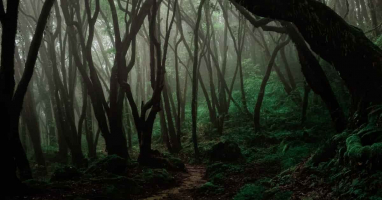
First, it’s important to secure food. Most of the food stored in the cell was probably “space food” in packs, but he also had potatoes brought in to celebrate Thanksgiving. Mark, a botanist, will use these potatoes to attempt “potato cultivation on Mars.”


Now, more important than food is water. The cell has a water recycling machine, so he can secure the necessary water for his daily life as long as it doesn’t break down. However, the problem is the water needed for growing potatoes. Mark made a 126㎡ field, but it requires 40 liters of water per 1㎡ to maintain. How can he produce such a large amount of water on Mars? He succeeded in producing a large amount of water by using the remaining iridium on the ship, a wooden cross left by one of the crew, and his knowledge of chemistry.
In this way, he managed to create an environment to survive at a minimum. However, it’s still quite difficult to continue this state for four years. So, he has to find a way to contact Earth.

However, if you think about it normally, it would be impossible. There is no equipment in the cell that can communicate, and it cannot be self-made with what is on Mars. But Mark made the impossible possible in an incredible way.
The movie is generally quite thrilling, but I felt that the biggest focus in the first half of the movie was on “how to secure a means of communication.”


Rescue Mission that Seemed Impossible
Now that Mark has somehow secured a means of communication, he was able to convey his current situation. This is a remarkable improvement. From here, it’s up to NASA to come up with a plan to rescue Mark.

However, as expected, it’s not that simple. There is a desperate distance that takes two years one-way to get to Mars, which blocks every possibility.
Of course, NASA does not give up and pursues every possibility. The possibility of saving Mark may be close to zero, but they cannot give up on the consideration.
NASA somehow comes up with a temporary plan and prepares for it day and night, but as a result, the plan fails. Because of this, the head of NASA makes this statement.
The continuation of NASA is more important than one life.

Former Japanese prime minister once stated, “One life weighs more than the earth” during a certain incident, but this statement is the complete opposite. It means that while certainly Mark’s life is important, the continuation of NASA is even more important. Is it worth pouring enormous funds into a rescue mission with low chances of success and further delaying the Mars exploration plan? While the director’s statement is quite harsh, as the head of a large organization, such considerations must be made.
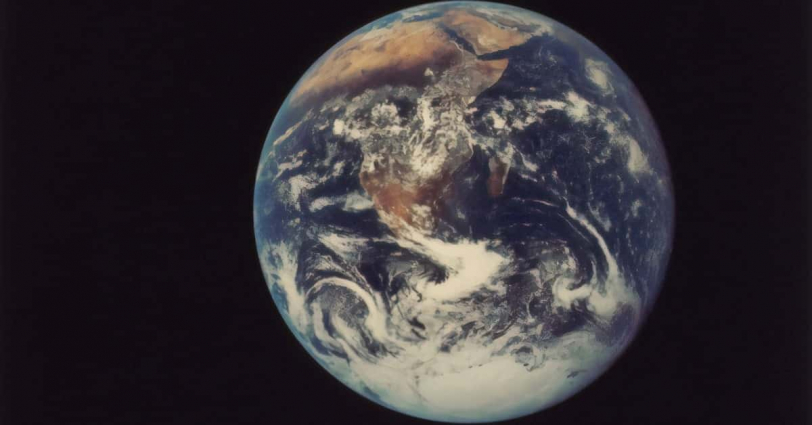
Well, after NASA’s plan failed and with various twists and turns, two new rescue missions have emerged. What is particularly interesting is that the famous “trolley problem” in the world of philosophy appears in this situation. Some may remember Michael Sandel’s proposal in “Justice,” which sparked a great deal of discussion.

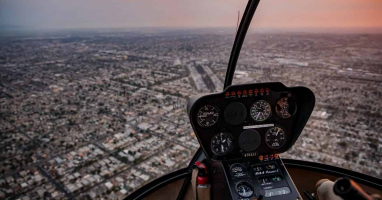
A trolley with broken brakes is running at a high speed on the track. Ahead are five workers, and if it continues like this, five people will undoubtedly lose their lives. On the other hand, there is a siding on the way, and if the trolley is steered there, the five people will be saved. However, there is one worker on the siding, and if the trolley is steered, this worker will lose their life. Now, should the trolley continue straight or should it steer to the siding? This is the “trolley problem”.
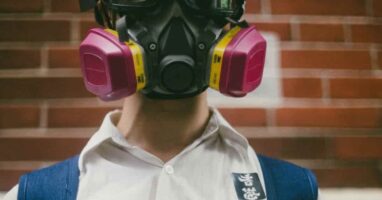
In Mark’s rescue mission, a situation similar to the “trolley problem” arises where an ultimate choice must be made regarding human life, creating a tense atmosphere.
Eventually, through various decisions and acts of courage, a rescue operation is carried out with a sense of urgency that leaves the audience on the edge of their seats. Even knowing that Mark will be rescued, the continuous situations that make us think “that’s impossible” make the audience nervous. The development of various individuals summoning the courage to overcome the impossible is truly amazing.
The Theme of “Surviving Just to Survive” is Strongly Emphasized
While watching the end credits, I suddenly realized, “Come to think of it, Mark’s family never appeared in the movie.” Isn’t that very surprising?

Especially in Western movies, I think it is important to depict the “family interaction” of a person in a situation like Mark’s. It must be more exciting to include elements such as “the family encourages Mark, who is about to give up on returning to Earth” or “Mark’s determination to return to Earth for the sake of his family” in the story.

However, there is no such depiction in this movie. I was impressed by its straightforwardness.
By setting it up this way, it makes Mark’s determination to “survive just to survive” even stronger. Mark has decided to survive not for the future of Mars exploration, not for his family, but because he wants to survive. By not including his family, in the desolate environment of Mars where there is no trace of other human beings or hope for survival, it made his resilience to “still survive” without giving up even more impressive. Personally, I felt that the composition of eliminating the exchange with his family was very good.

However, it doesn’t mean that Mark has no feelings for his family.
In one scene, Mark asks the Ares III captain, “If I die, please go to see my parents.” He knows it’s a terrible wish, and that’s why he wants to ask the captain for help. Then he tells the captain to tell his parents the following message:
I’m dying for something important. Something great. I’m happy to give my life for it. Please tell them that.
Mark remains calm in any situation and never loses his composure. Changing the subject, I once read a book about the selection process for astronauts at JAXA.
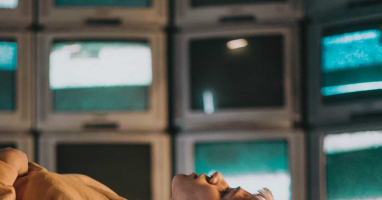
The abilities required of an astronaut are diverse, but one of the most important elements is the ability to maintain composure in any situation. In an enclosed environment where they must live together with limited resources for a long period of time, it seems that being able to “keep calm no matter what happens” is more important than anything else. It could be said that Mark’s “composure” was what made his return to Earth possible.
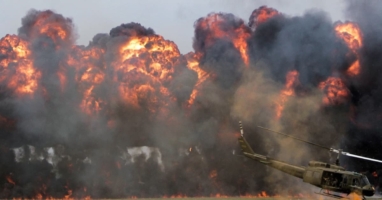
After returning to Earth, Mark spoke to young people who might become astronauts:
You might think, “It’s all over.” You accept it or fight it. That’s the point.
It’s not true that there will always be possibilities if we don’t give up. However, if we give up, it’s over. This is a reminder of that fact.

There was only one moment where Mark showed his emotions. Although I can’t be specific, it was a scene where Mark, who was faced with all sorts of difficulties and challenges, had no choice but to face them all, and lost his temper. I think this moment reflects his human nature.

In the same situation, I don’t have the confidence to behave like Mark did. However, as humans continue to venture into space, there will inevitably be people who find themselves in situations similar to Mark’s. Will they be able to show the same calmness as him at that time?

Conclusion
In this movie, “trust” is the key in many ways. “Trust” is what makes all impossibilities possible.
The grand and impossible rescue mission depicted within the bounds of realistic science and technology also teaches the importance of “trusting oneself and others.”

Published Kindle books(Free on Kindle Unlimited)
“The genius Einstein: An easy-to-understand book about interesting science advances that is not too simple based on his life and discoveries: Theory of Relativity, Cosmology and Quantum Theory”
“Why is “lack of imagination” called “communication skills”?: Japanese-specific”negative” communication”

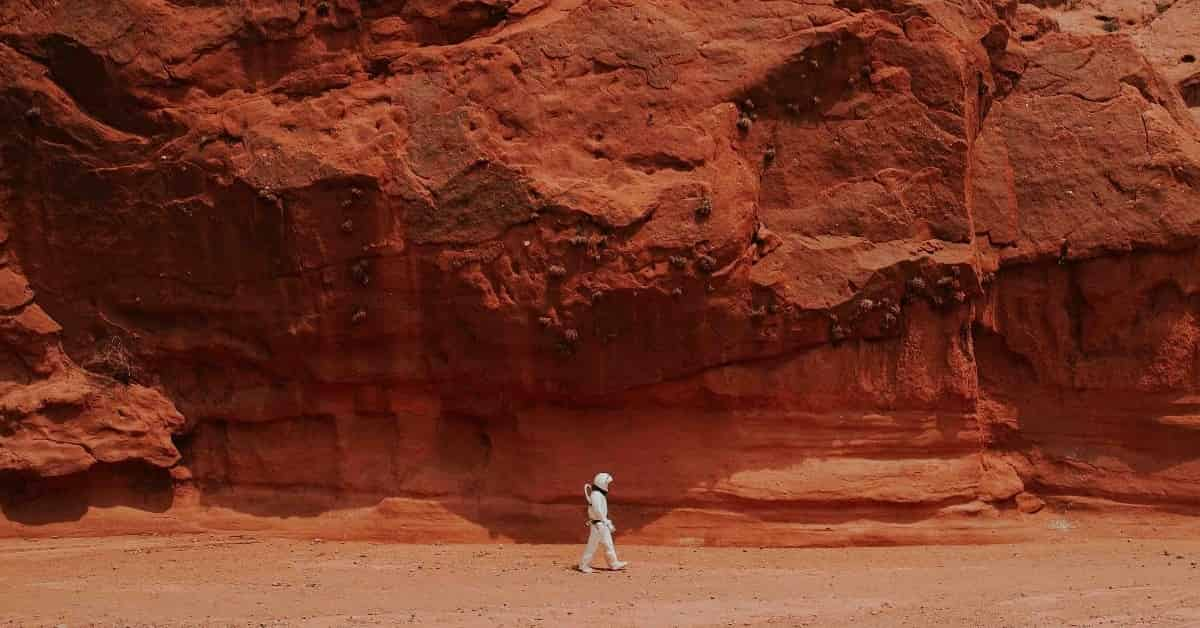





コメント